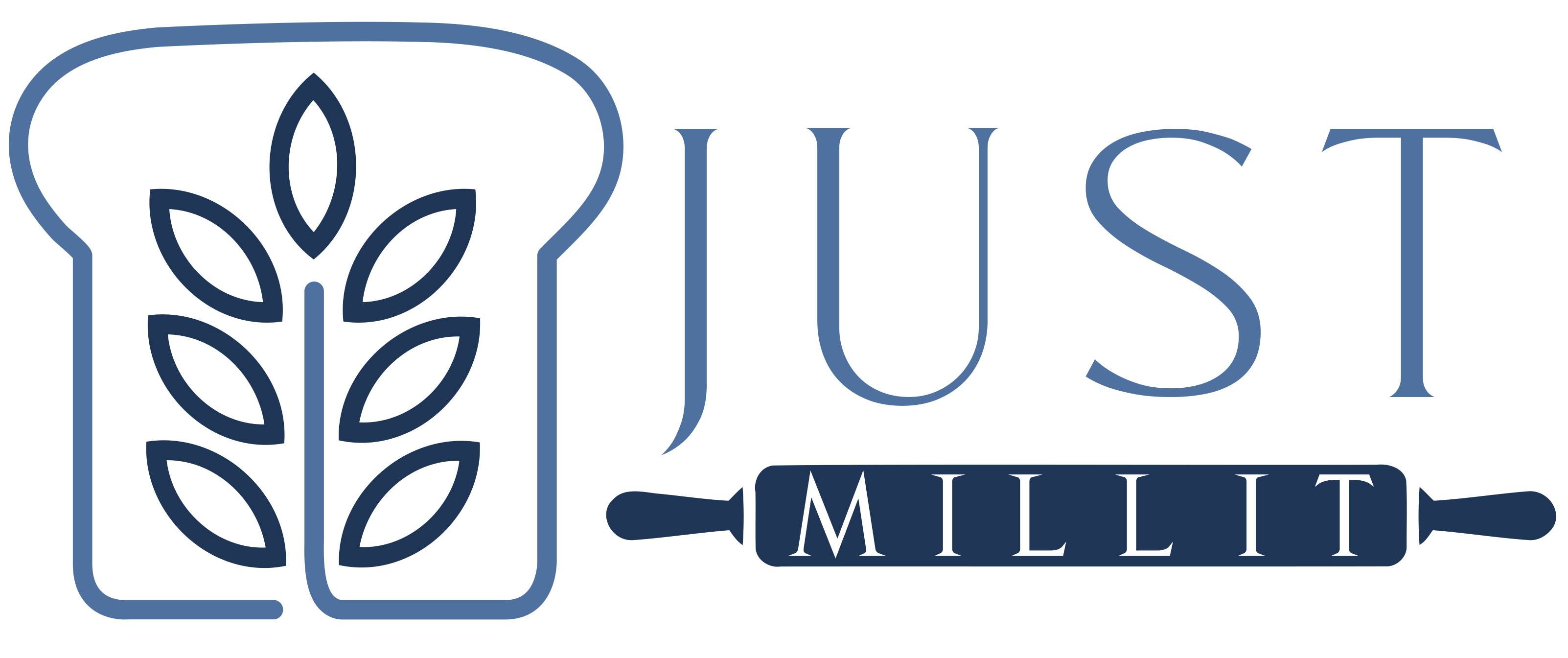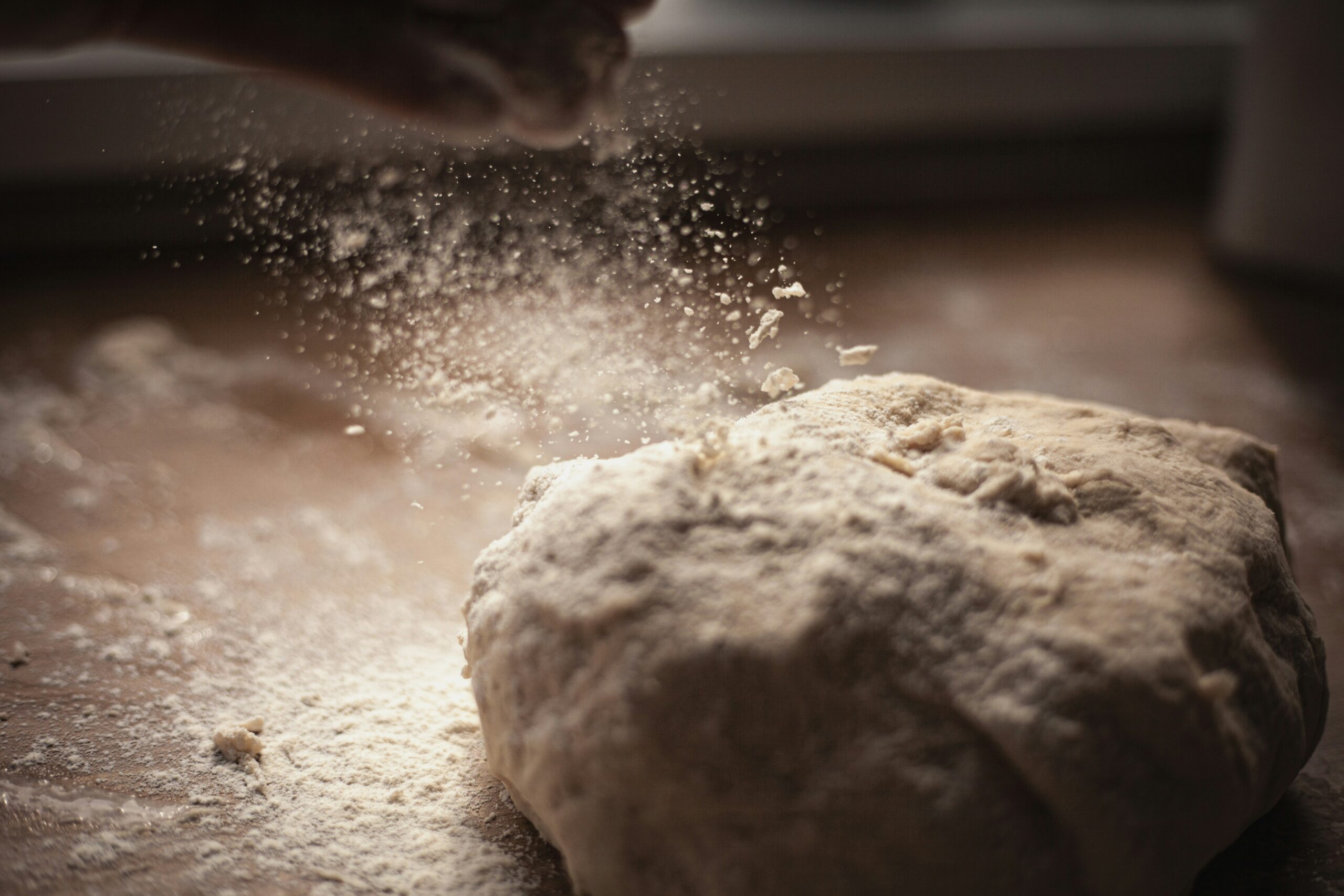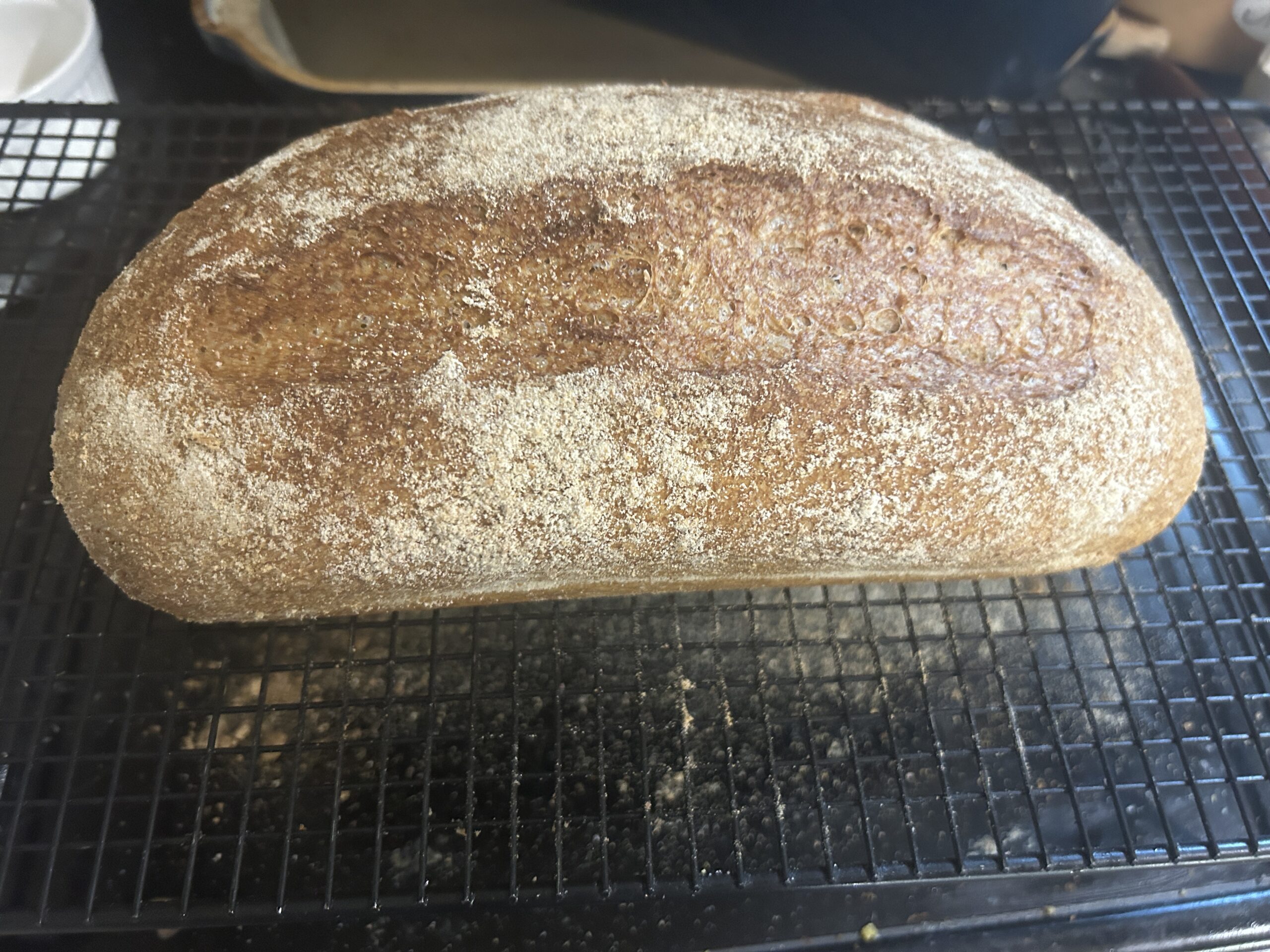Baking bread is not just a science; it’s a delightful journey of understanding how ingredients transform into a warm, fragrant loaf right in your own kitchen. Whether you’re a seasoned baker or just starting out, mastering the art of baking with freshly milled flour can elevate your bread to new heights of flavor and texture.
Understanding the Magic of Baking
When you bake bread, you’re not just cooking dough; you’re orchestrating a symphony of chemical reactions that result in a perfect loaf. The yeast, in its final moments, produces a burst of gas that causes the dough to rise dramatically—the coveted oven spring. As the bread bakes, proteins coagulate, and starches gelatinize, giving your loaf that firm, structured crumb we all love.
Washing
Before your bread hits the oven, consider giving it a wash—a simple step that can elevate its appearance and flavor. Pretzels and bagels, for instance, benefit from an egg wash before sprinkling on salt or other toppings. If your loaf bursts on the side, it might indicate it rose unevenly or too vigorously. A wash can delay crust formation, allowing for more controlled expansion during baking. Experiment with water, egg washes, or milk to achieve different finishes.
Here’s a quick guide to some popular bread washes:
- Egg Wash: Provides a glossy, golden finish.
- Water Wash: Creates a crisp crust without added color.
- Milk Wash: Adds a slight sweetness and enhances browning.
- Butter Wash: Delivers a rich, shiny crust.
Toppings
After washing, sprinkle your favorite toppings—from sesame seeds to chopped nuts—onto the damp surface of the dough. These toppings not only add visual appeal but also contribute to the bread’s flavor profile, making each slice a delightful experience.
Some suggestions are:
- Anise
- Basil
- Caraway seeds
- Hemp hearts or crushed hemp
seeds - Garlic (powder or bits)
- Onion (powder or bits)
- Oregano
- Poppy seeds
- Sesame seeds
- Sunflower seeds, toasted or not
- Chopped nuts
- Shredded coconut
- Rolled oats or barley (any rolled
grain, really) - Cinnamon
- Flax seeds
- Wheat bran, if you sift your flour
(which I don’t recommend, at least
put it back into the bread as a
topping, or fold it into the dough
before baking) - Rolled oats or barley (any rolled
grain, really)
Scoring
For certain bread types like French or Italian loaves, scoring—making shallow cuts on the dough’s surface—helps control how the bread expands during baking. Use a sharp knife or razor blade to create these cuts swiftly just before placing the bread in the oven. It’s not only functional but also adds a beautiful artisanal touch to your loaf. Scoring your fresh milled loaves can also help counter the effects of under-proofing your bread dough by allowing it to expand where it was sliced.
Baking
Mastering the Baking Process
Once your bread is prepped and ready, baking it to perfection is the final, crucial step. Handle the dough with care to preserve its structure and prevent deflation—no slamming or dropping allowed! If you aim for a crispy crust, steam is your secret weapon. Introduce steam early in the baking process to keep the crust moist, facilitating optimal rise and color development.
Consider these baking tips for different bread types:
- Hearth Breads: Bake directly on the oven’s bottom or use a baking stone for even heat distribution.
- Pan Breads: Position in the lower to middle oven racks for consistent baking.
- Dutch Oven Breads: Utilize a preheated Dutch oven to trap steam, resulting in a beautifully crusty exterior.
When is bread done?
When the temperature in the middle of the bread reaches 190 degrees F or above. You will notice the bread has a darker crust, and when you thump it on the bottom of the loaf it should sound hollow. If not, put it back in the oven, and check it again in another 5 minutes or so. Enriched bread dough can be baked up to 210 F. Bread baked in dutch ovens or Pullman pans can tolerate longer baking times due to the moisture remaining inside the pan.
A Note on Oven Temperatures
If your bread isn’t baking, is sinking after you
take it out of the oven, or is gummy on the inside, there is a chance your
oven isn’t the temperature you think it is. You can buy an oven thermometer for a few bucks at a grocery store so you know for sure and can adjust your oven accordingly. Some ovens also have a calibration option, so you can change it to match your thermometer. If your bread ends up dry and crumbly, you likely over-cooked your bread. A thermometer is KEY to excellent bread every time. I use this instant read thermometer for everything.
This is a guide I use, based on pan size. When baking at a higher temperature, I’ll check the dough temp earlier than I would if baking at a lower temperature. Once the dough hits 190 or above, I remove it regardless of how much time is left. If your lean dough temp is above 200 F, you can slice it warm with little consequences. For enriched dough, I’d say over 210 F and recommend at least waiting 30 minutes – it’ll still be warm but more stable.
Estimated Bake Times
40-45 minutes: Standard 9 x 5 pan, Pullman 9 x 4 x 4 (1.5 lb)
30-35 minutes: Pullman 8 x 4 x 4 (1 lb), Standard 8.5 x 4.5” Pan
25-30 minutes: Small Loaf Pan (3/4 lb) 8 x 4 x 2.5
15-20 minutes: Mini Loaf Pan, Rolls, pretzels, bagels
Note: when baking a loaf for the first time, check the bread halfway through the lowest time of the baking estimate. Is the temp close to done? Is the crust getting too dark? Adjust time and temperature accordingly, and make a note of what worked well for next time. REMEMBER TO TAKE THE BREAD OUT WHEN IT GETS TO TEMP (in the absolute middle of the loaf).
Baking Temperature Guide:
LEAN DOUGH
• 400 – 425 degrees F
• Get a great rise, let that yeast work!
ENRICHED DOUGH
• 350 – 400 degrees F
• Avoids dark crust
SOURDOUGH
• 425 – 475 degrees F
• Baked with steam for crunchy crust
Some folks bake all their bread at 350 F. Others bake at higher temps. When I bake in my Pullman loaf pans with the lid on, I would do 420 F for 20 minutes, then remove the lid and decide from there based on bread temperature. With standard bread pans, I tend to preheat to 400 F and decrease the temp after I put the bread in, so I get a great rise and a lighter crust. How long I bake the bread ALWAYS is determined by the internal temperature of the dough. This will change depending on the season, the recipe (type and amount of ingredients), and the oven.
Final Thoughts
Baking freshly milled bread is not just about following a recipe—it’s about understanding the nuances of dough, heat, and time to create something truly special. Embrace the process, experiment with different techniques, and let your creativity shine through each loaf. Whether you’re baking for yourself or sharing with loved ones, the joy of homemade bread is incomparable.
Stay tuned for our next installment on Cooling & Storing Freshly Milled Bread, where we’ll explore how to preserve your masterpiece for maximum enjoyment.



